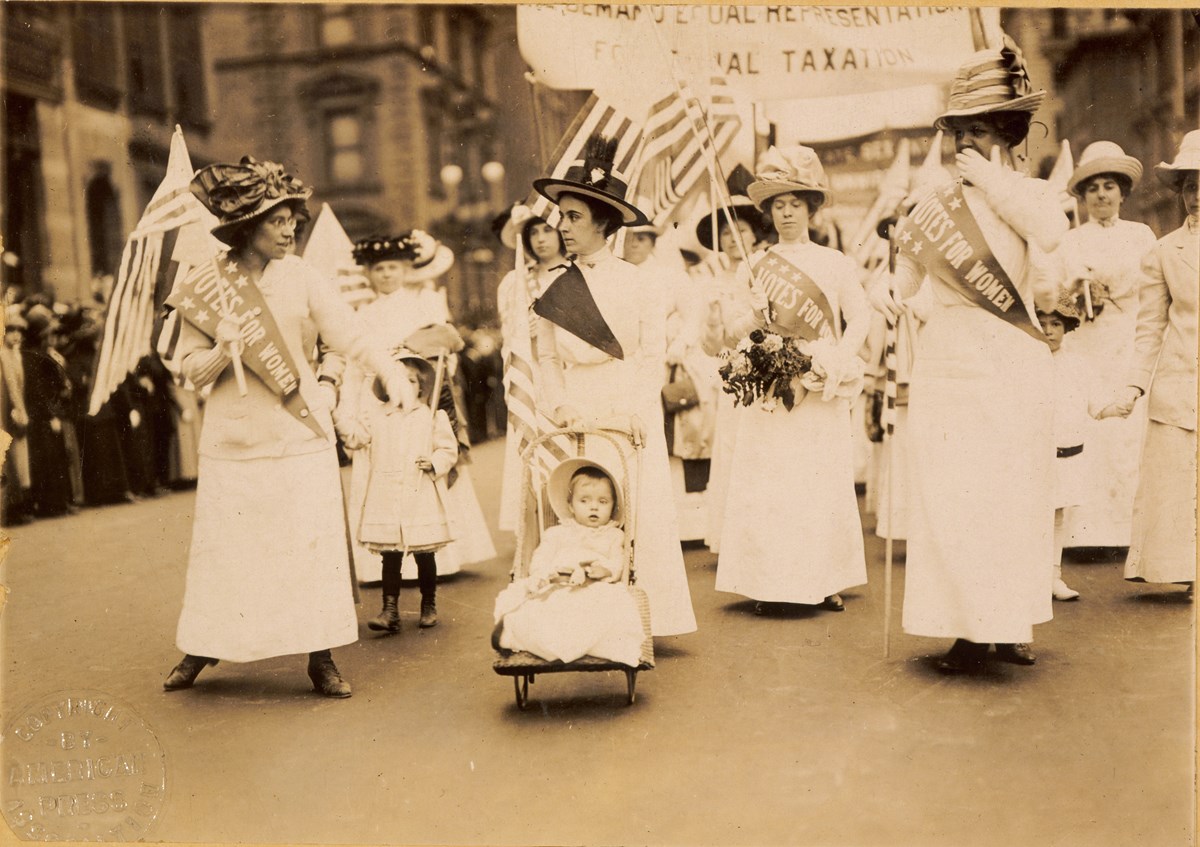Women for a Change is a Woodstock-based organization formed in 2018 to promote and support basic democratic values. We are dedicated and committed to ensuring that liberty and justice for all prevails in our country.
We are delighted to welcome you all here today on June 4, 2019, to celebrate a very important day in American history as we commemorate the 100thanniversary of the Congress ratifying the 19thAmendment of the Constitution granting women the right to vote.
We are grateful to Alison Clarkson, our Woodstock representative to the Vermont legislature, to join us for this celebration and to speak about women’s suffrage.
Here are a few facts that highlight the history of women’s voting rights and the movement here in the US to achieve universal suffrage.
The Unites States was not the first country to grant voting rights to women. New Zealand, a British colony at the time, gave women the right in 1893. Canada did in 1917 and with the monumental changes World War I brought, Britain, Germany and Poland followed suit in 1918. Then came Austria and the Netherlands in 1919, In August of 1920, the states ratified the 19thamendment making it part of our Constitution.
But there is evidence of earlier voting rights for women. In 1654 a French nun in America wrote of Iroquois women having the power of suffrage. The Kingdom of Hawaii embraced universal suffrage in 1840. Many of the American colonies allowed women to vote during the Age of Liberty, 1718-1772. British citizen Lydia Taft of the Massachusetts Bay Colony was an early advocate. In 1776, the New Jersey Constitution granted women’s suffrage and it was in effect until 1807.
In 1840, New York State hosted the Seneca Falls Convention which crystallized the women’s movement. The World Anti-Slavery Convention in London introduced American activists Elizabeth Cady Stanton, Lucretia Mott and Susan B. Anthony to each other and to the world. The Women’s Rights Commission was formed. In 1868 Susan B. Anthony encouraged women working in the sewing and printing trades to form the Working Women’s Association.
In 1869 the Wyoming Territory granted women the right to vote. Colorado and Idaho followed soon after. Before they were states, Washington and Utah also granted women’s suffrage. Subsequently the National American Women’s Suffrage association began a state by a state campaign and the National Women’s Party started to demand an amendment guaranteeing women’s right to vote.
At the beginning of the 20thcentury, women all over American cities became stronger in their demands for justice. Alice Paul became the first to picket the White House. She and Lucy Burns led many protest in Washington, D.C.
On June 4, 1919 the US Congress voted to approve and grant the right to vote to women. The vote was 56 pro-votes and 25 nay votes, breaking it down to 36 or 82% of Republicans voting for and 20 or 54% of Democrats. President Woodrow Wilson who had been very opposed to women’s suffrage changed his mind in 1918 citing his reversal as a war measure.
Before 1965, many women of color were disenfranchised primarily in the South. The Voting Rights Act of 1965 finally guaranteed the rights of women as well as universal suffrage for all Americans.
It was not until 1954 that the United Nations General Assembly Convention on the Political Rights of Women enshrined equal rights to vote worldwide.
Written by Peggy Fraser, President of the Friends of NWPL


